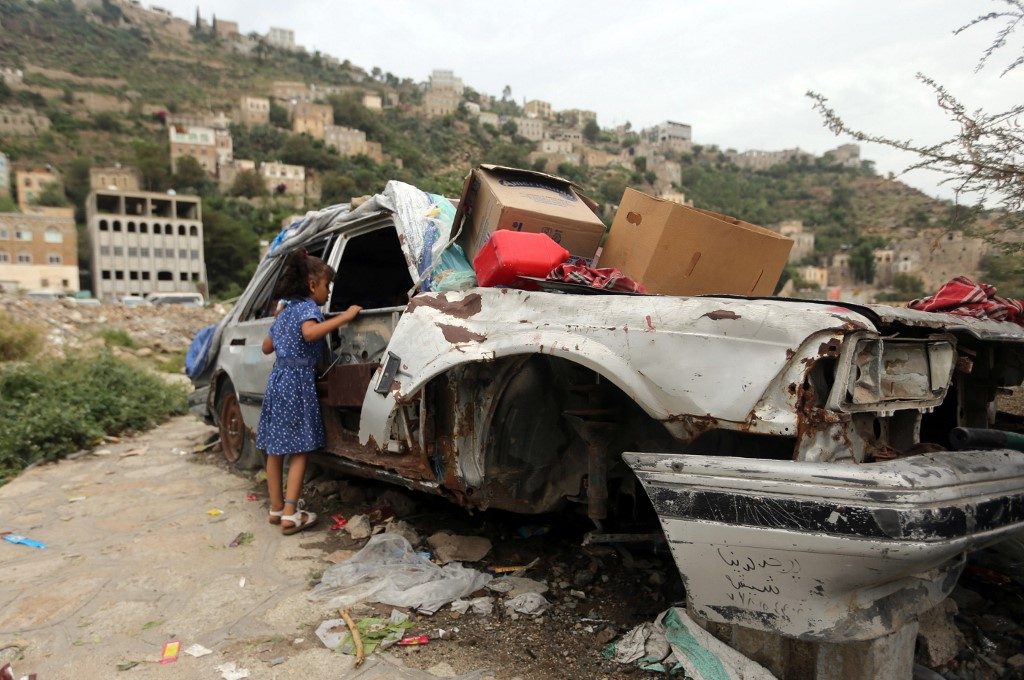SUMMARY
This is AI generated summarization, which may have errors. For context, always refer to the full article.

WASHINGTON, USA – The World Bank launched a new effort Thursday, February 27, to combat extreme poverty by expanding work in countries beset by violence.
The 5-year plan would address what the World Bank called an urgent need, warning that the damage becomes self-perpetuating as conflict exacerbates extreme poverty while draining the coffers of humanitarian aid agencies.
The new initiative takes advantage of the recent increase in the funding capacity for the Washington-based crisis lender, and will target both middle-income and poor countries as well as those nations facing a big influx of refugees.
In an unusual step, it aims to continue providing resources even while conflict is ongoing.
“To end extreme poverty and break the cycle of fragility, conflict, and violence, countries need to ensure access to basic services, transparent and accountable government institutions, and economic and social inclusion of the most marginalized communities,” World Bank Group President David Malpass said in a statement.
“These kinds of investments go hand-in-hand with humanitarian aid.”
The bank, which was founded in the wake of World War II to help rebuild conflict-ravaged Europe, has $18.7 billion earmarked for conflict-affected countries through the International Development Association (IDA), the bank’s poverty-reduction grant arm.
IDA also has $2.2 billion for refugees and their host countries.
Franck Bousquet, senior director of the World Bank’s FCV Group, said the key for the program is to intervene as soon as possible and “not when there is a peace or reconstruction agreement.”
He told Agence France-Presse the bank intends to put 150 staffers on the ground in the target countries in 3 years, saying every “one dollar invested in prevention saves $16 thereafter.”
The strategy also is designed to help countries transition out of fragility, by giving a boost to the private sector.
The epicenters of the crisis are in sub-Saharan Africa, the Middle East, and North Africa, and by the end of the year more than half of the world’s poor will live in one of these fragile or conflict-affected situations.
With the war in Syria, 84% of the population lives in close proximity to conflict, and in Yemen 51%. But the strategy also could apply to countries like Haiti, or to Colombia, which has seen a massive influx of Venezuelan refugees, the bank says.
Over 70 million people have been forcibly displaced by conflict and violence worldwide, almost 26 million refugees, according to the report. – Rappler.com
Add a comment
How does this make you feel?
There are no comments yet. Add your comment to start the conversation.